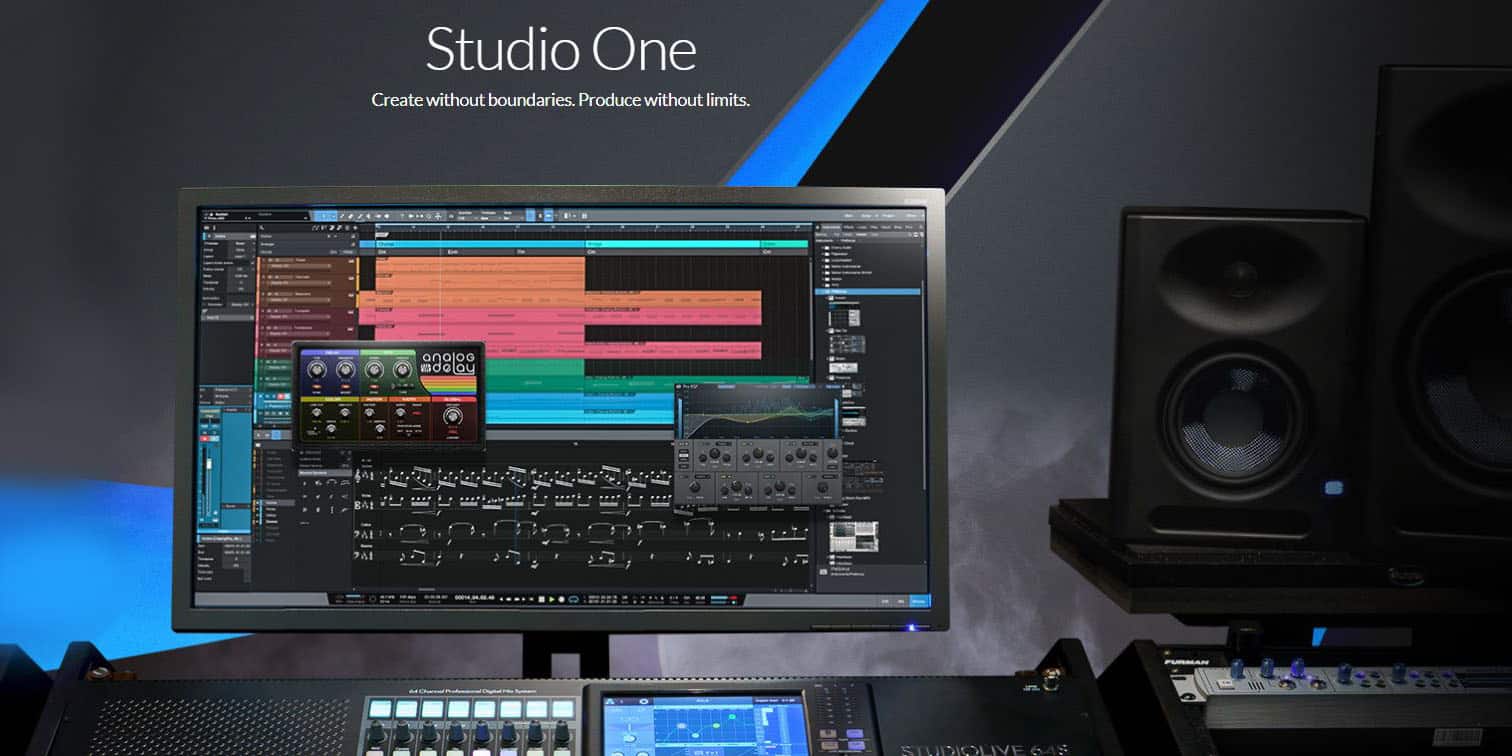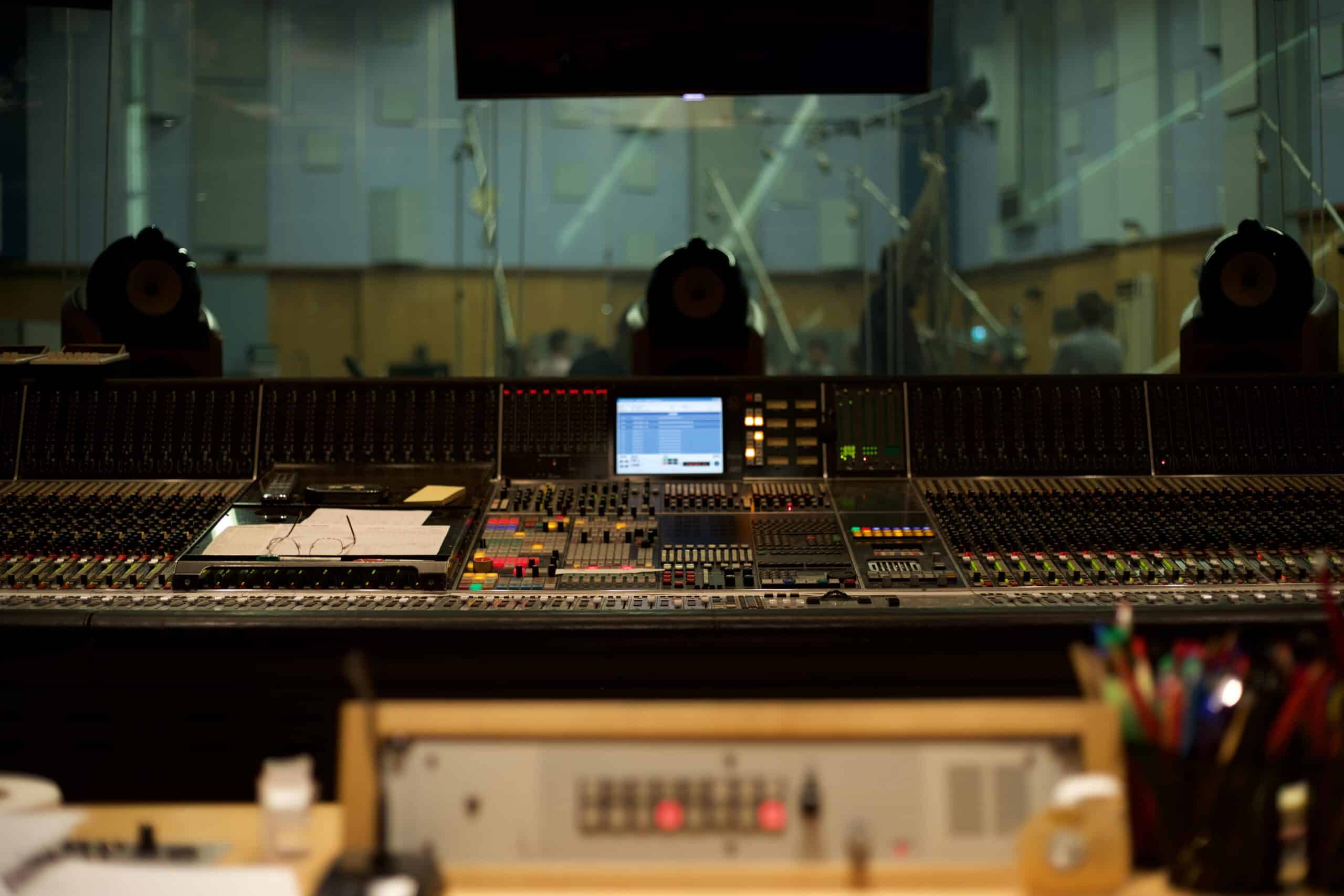Contents
As a well-rounded Digital Audio Workstation (DAW), Studio One of PreSonus features all the functions that people require to create, record, mix and master music. Similar to its counterparts, Studio One is available in several editions which generate an interest in edition comparison such as Studio One Artist vs. Pro. You have heard great things about Studio One but don’t know how to choose between Artist and Pro? Then you should be able to make a good call after reading the following information.
Similarities
Considering the fact that Artist and Pro editions belong to the same Studio One family, it’s only natural that they share a number of similarities. Examples of the similarities between the editions comprise:
- User interface customization
- Single and multitrack comping
- Transient detection with editable markers
- Drag-and-drop groove extraction
- Event-based effects
- Automatic latency compensation
- VCA Faders
- Poly Pressure / MPE support
- MP3 encoding and decoding
- 3rd party plug-ins support
- …
Note: Since the Pro edition is the top-tier edition, it offers all the features found on other editions including Artist and then some. Consequently, many members of the community think of the Pro edition as an improved variant of the Artist edition. If the features above already satisfy you, the Artist edition should serve you well for the most part. If you want more than the listed features, you may consider getting the Pro edition but you should learn the differences between the editions beforehand.
Differences
Ampire
Both Artist and Pro editions have Ampire but there is a difference in performance: Artist offers basic features while Pro provides a full version. Naturally, if you prefer to be able to emulate the sound via Ampire as you see fit, the Pro edition is a wise investment. On the other hand, if you own all the necessary equipment and don’t need to depend too much on Ampire, go for the Artist edition. Keep in mind that it’s possible to buy the Ampire plugin separately.
Presence XT
Like Ampire, Presence XT is available on Artist as well as Pro but you can only get Presence XT core library on the Pro edition. In the case that you don’t care about sample playback instrument, the difference should be insignificant. That being said, if you intend to write songs of diverse genres, you will find Presence XT core library on the Pro edition useful. By taking advantage of Presence XT core library, you can adapt yourself to quite a few settings with relative ease.
Multiband Dynamics
Many factors affect the ease of producing music but none prove as influential as control and precision. Knowing that, Studio One developers have made arrangements to integrate Multiband Dynamics into the Pro edition. Exclusive to the Pro edition, Multiband Dynamics enable you to specify a particular frequency range and compress it individually. The plugin should prove handy if you need to deal with vocals that require some control in the Mids while preserving the Highs.
Loops
The use of loops is prevalent in modern music so it’s no surprise that Artist and Pro both incorporate loops. However, once it comes to the number of loops, the Pro edition leaves its Artist counterpart in the dust. If you extensively use loops while producing music, it’s a good idea to pick up the Pro edition. It’s worth pointing out that the loops available on the Artist edition still prove adequate for basic demands.
Price
The superiority of Pro over Artist comes at a price: today, the Pro edition costs around $424 while the Artist costs around $105. The prices of the editions fluctuate from time to time but usually, there is a $300-difference between Pro and Artist. To some people, the difference in price is a trifling matter but for others, it requires serious budget consideration. It’s strongly recommended that you think about how much you can spend so you don’t go overboard.

Summary
| You should go for the Artist edition if: | You should go for the Pro edition if: |
| -You don’t have a lot of money. -You only need a basic DAW. | -You have money to spend. -You need a fully-furnished DAW. |
Note: Interestingly, PreSonus allows Studio One users to upgrade between editions when a need arises. That means there is a way to avoid spending money unnecessarily: in the beginning, purchase the Artist edition and use it for a month. In the case that you find Artist to be sufficient, feel free to continue using it. Otherwise, you may upgrade from Artist to Pro at your leisure.
A List Of Alternatives

Generally speaking, Studio One is by all accounts a solid DAW but it’s not the only one on the market. Down below is a list of alternatives for Studio One that you should remember.
- Ardour
- GarageBand
- Logic Pro
- FamiStudio
- LMMS

Hi music fan! I am Jeff. Hope that you enjoy some stuff I shared here in my personal blog.
About myself, Currently I am in charging as Artist Manager/Music Supervisor at 72 Music Management. I did managed album to Grammy Award in 2017 with 7 Nominations from 2014-2020 and had the opportunities to work with : A.J. Croce, Blind Boys of Alabama, Bobby Rush, Dom Flemons, Dustbowl Revival, Sarah Grace
Governor of the Memphis Chapter of The Recording Academy is one of a award that I am lucky to achieved.
